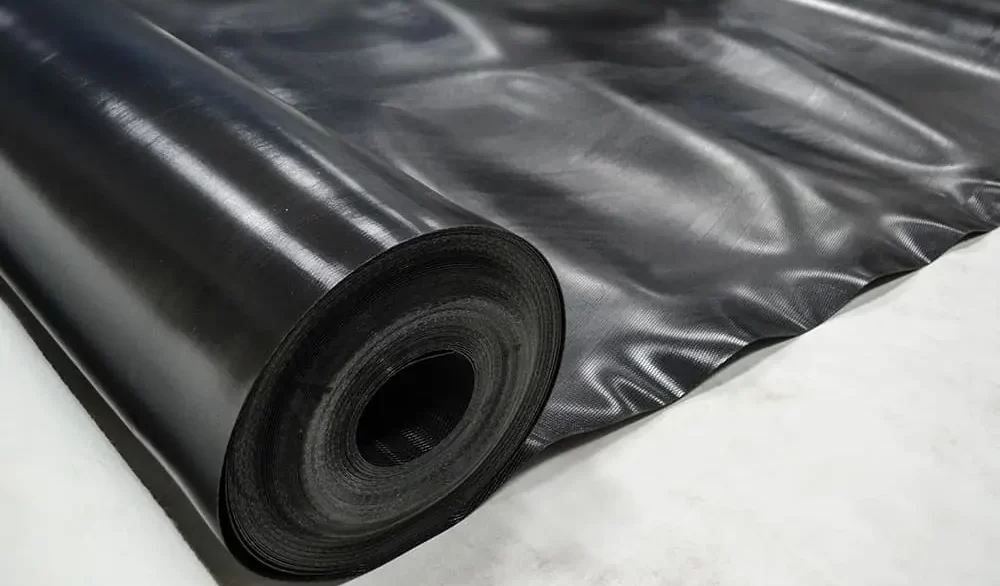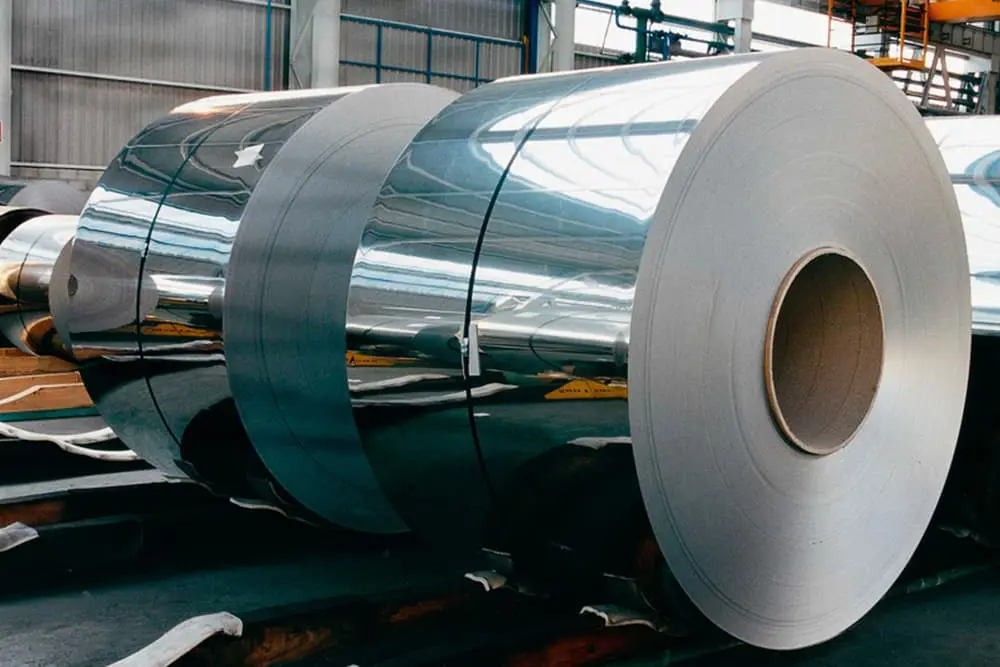 GILSONITE IN CHEMICAL
GILSONITE IN CHEMICAL
GILSONITE IN CHEMICAL
Gilsonite proves versatile in combining with diverse chemicals and materials, leveraging its unique physical and chemical properties. Widely utilized in binder and coating applications across metallurgical, wood products, refractory, and other industries, Gilsonite stands out as a remarkable material. This non-toxic and cost-effective substitute for natural rubber finds applications as a solidifying agent in metal alloys, creating a reductive environment in melted steel. In metal shaping, Gilsonite serves as a solidifying agent and, compared to other polymers, produces less smoke at high temperatures. It plays a crucial role in the steel desulfurization process, aiding the mixing of desulfurization chemical materials and increasing the carbon percentage in steel.
Gilsonite is employed in manufacturing clutch plates, brake parts, and as an additive for paint, enhancing shade and reducing friction. Additionally, it serves as an insulated coating for pipes, creating anti-corrosion coatings. In the wood and carpentry industry, Gilsonite acts as a solidifying agent (glue), providing water resistance and corrosion resistance. Its hard resin properties result in durable products, and it is also used in paint manufacturing due to its ability to penetrate surfaces. Furthermore, Gilsonite yields a sticky material resistant to the destructive effects of ultraviolet light.
GILSONITE USE IN CHEMICAL
Gilsonite, a naturally occurring hydrocarbon resin, is used in various chemical applications. Its unique properties make it valuable in industries such as rubber, adhesives, coatings, and asphalt. In the rubber industry, Gilsonite is employed as an additive to enhance strength and durability. It acts as a binder in adhesives and provides waterproofing capabilities in coatings. Additionally, Gilsonite is used in the formulation of asphalt and bitumen products, where it contributes to improved performance and durability. Its chemical composition and versatility make it a valuable resource in different chemical processes.
GILSONITE’S CHEMICAL CHARACTERISTICS
- Considerable molecular weight
- Noteworthy nitrogen content
- Metal alloy processing
- Refractory applications
- Steel desulfurization
- Friction products
- Wood products
- Elevated asphaltene content
- Excellent solubility in organic solvents
- Consistent high purity and properties
- Waterproof pipe coatings
- High percentage of asphalt
- High solubility in organic solvents
- High purity and consistency
- High molecular weight
- High nitrogen content
Additionally, Gilsonite serves as a binder and mixing agent in steel desulfurization, promoting consistency in volatiles for effective mixing of desulfurization chemicals. It contributes to waterproof coatings for water pipes, acting as a natural non-toxic resin with excellent adhesion. The wood products industry benefits from Gilsonite as a binder, providing superior waterproofing and weather resistance and yielding hard particleboard due to its hard resin composition.
GILSONITE IN RUBBER INDUSTRY

Due to the presence of sulfur in bitumen, the tape that produces molecules in gilsonite is 8 times more and reduces tears, which is very important for rubber products in its production. This additive makes it stick wonderfully, and even after being mixed with bitumen, it has many of the properties of rubber, which can only be split or split by hot pressing. Bituminous rubber is more durable and has twice the durability and resistance in the sun than conventional tires, thus preventing the rubber from breaking, cracking and splashing. Gelsonite is used for rubber by mixing with carbon black in this way the end result that will be rubber is a more reinforced rubber. The advantage of using Gilsonite in rubber is that the carbon black is absorbed throughout the rubber and is better mixed with other materials used to make rubber. With Gilsonite, the amount of carbon in the rubber will be higher and the abrasion strength of the rubber will be higher. By using Gilsonite in rubber production, the end product will be more natural and the cost will be much lower. Gelsonite is a high purity natural resin. Gilsonite offers low-cost, high-performance features that adhesive makers should value when color is not a deciding factor. Gelsonite is soluble in common adhesive solvent systems and has broad compatibility with common elastomers and resins. Of particular interest to manufacturers of contact adhesives and building pastes is Gilsonite’s good compatibility with neoprene rubber and Gilsonite’s effectiveness as a Raton terminal block resin. Hot melt providers will learn about the potential of Gilsonite in combination with EVA and polyethylene. Gilsonite increases the shear and peel strength of wood, paper, glass, aluminum and concrete. And because Gilsonite is a natural resin, it has received FDA approval for food contact use. Additionally, Gilsonite is rated as safe under all known industry health guidelines. Gilsonite will reward adhesive compounds with significant reductions in raw material costs without sacrificing performance.
GILSONITE IN WOOD PRODUCTS
Gelsonite is used as a waterproof covering for wood products. The color of the layer is called shapan. The main use of Gilsonite resin as a binder for wood products is the production of medium density fiberboard. Major US manufacturers have used Gilsonite to replace linseed oil and Vinsol/HMA conifer wood derivatives in their wet/dry processes. The manufacturer used linseed oil for the first time, but due to excessive fire during the drying and hot-pressing process, the factory switched to Vinsol/HMA resin. Later, Gilsonite replaced Vinsol due to cost and availability considerations. Gelsonite also introduces a 10% increase in modulus of rupture in the final product. An average modulus of rupture of 2500 psi (175 kg/cm2) was achieved using a 13% gelsonite binder. In the opinion of knowledgeable wood product manufacturers, Gilsonite veneers are superior in strength and stability. In this wet and dry process, aspen wood chips are turned into fibers in single and twin disc mills. De-vibration is done on plywood before. After defibrillation, the fibers are stirred to about 1% solids content. Alum is used at a rate of approximately 0.9% by weight of the fiber formulation. Slump wax containing 9-10% oil was emulsified and added to the fiber slurry at 1.3% on a dry weight basis. After crushing, the gelsonite is put into a moving slurry tank. A 10% gelsonite slurry was prepared using a Texo LP 583 dispersion to hydrate the gelsonite. The assembled furniture was pumped through a fan pump into a double roller forming machine.
GILSONITE IN STEEL PRODUCTS
 Gilsonite plays a crucial role in steel mills and applications as an additive in steel products. Incorporated into systems containing limestone, magnesium lime, and calcium carbide, Gilsonite aids in removing impurities like sulfur, silica, and phosphorus from molten steel, transferring them to the slag. About 75% of Gilsonite is volatile at 1900°F, facilitating the efficient transfer of impurities into the slag when mixed with molten steel. Additionally, Gilsonite serves as a hardening agent in metal alloys, contributing to a high carbon content that creates a reducing environment in molten steel. This versatile material is utilized in various steelmaking additives, enhancing the steel’s carbon content and addressing impurity-related challenges. Moreover, Gilsonite-modified slag shows promise as an alternative to conventional sub-ballast materials in railway construction, exhibiting improved shear strength properties.
Gilsonite plays a crucial role in steel mills and applications as an additive in steel products. Incorporated into systems containing limestone, magnesium lime, and calcium carbide, Gilsonite aids in removing impurities like sulfur, silica, and phosphorus from molten steel, transferring them to the slag. About 75% of Gilsonite is volatile at 1900°F, facilitating the efficient transfer of impurities into the slag when mixed with molten steel. Additionally, Gilsonite serves as a hardening agent in metal alloys, contributing to a high carbon content that creates a reducing environment in molten steel. This versatile material is utilized in various steelmaking additives, enhancing the steel’s carbon content and addressing impurity-related challenges. Moreover, Gilsonite-modified slag shows promise as an alternative to conventional sub-ballast materials in railway construction, exhibiting improved shear strength properties.
For more information, please Contact our Sales Team.

